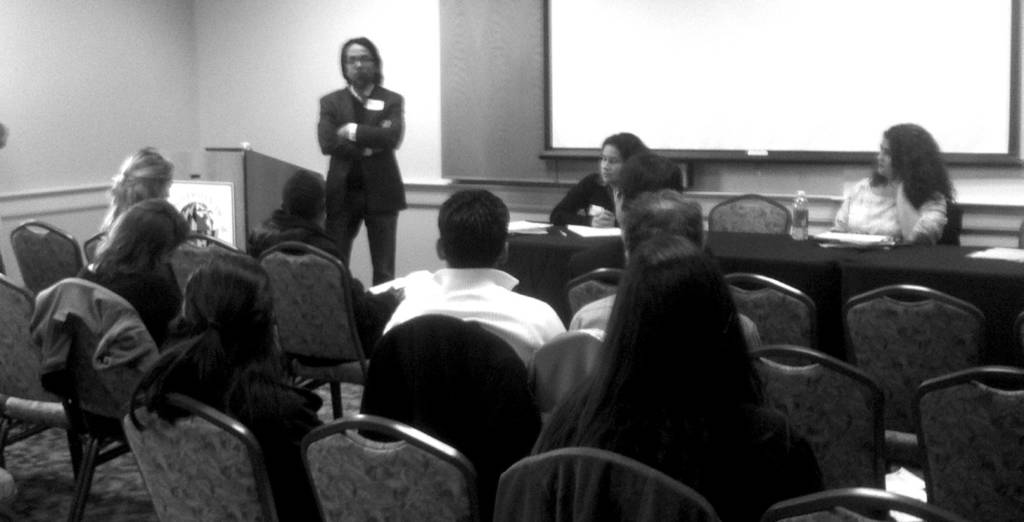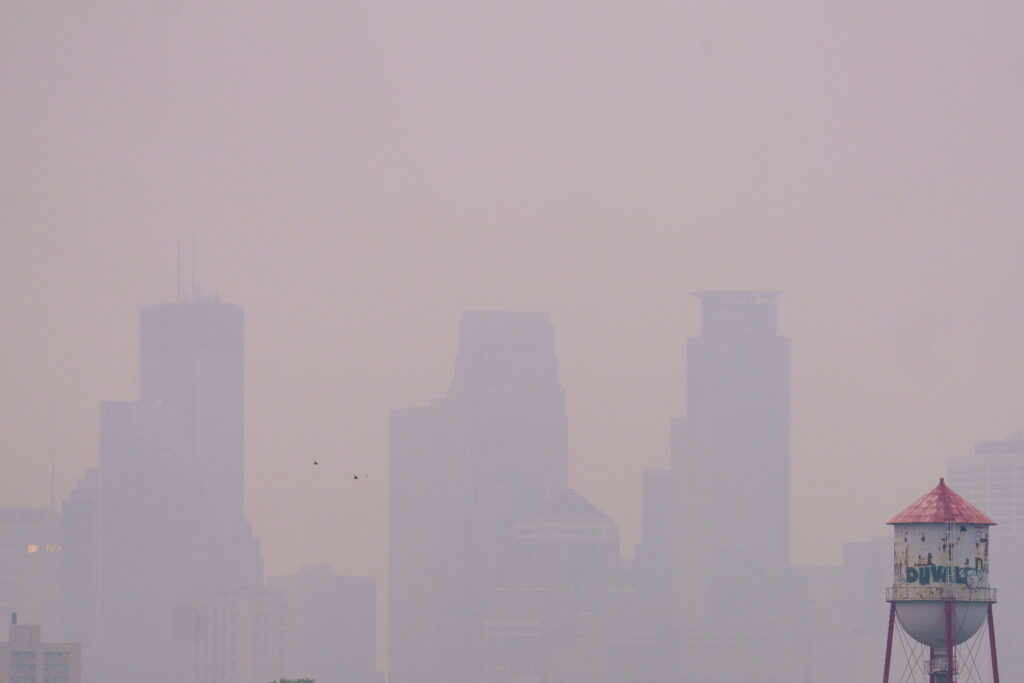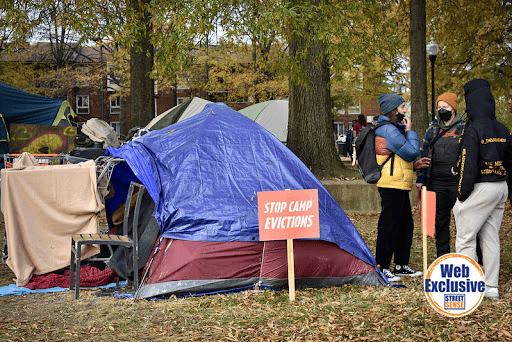People living in poor communities often cope with more than their fair share of environmental hazards.
At the first annual symposium on Environmental Justice and Environmental Health Disparities in Maryland and D.C., held Dec.1 at the University of Maryland, College Park, panelists explored the tolls that pollution and traffic take on the poor.
Washington, D.C. has an extensive road network with millions of vehicles including diesel trucks and buses that emit hazardous air pollutants. And minority communities are more likely to be located near the busiest roadways.
There is a direct correlation between where a person lives and how much pollution he is exposed to, noted panelist Amir Sapkota, who holds a joint appointment at the Maryland Institute for Applied Environmental Health and the Department of Epidemiology and Biostatistics.
Living closer to roadways increases residents’ exposure to contaminants, meaning individuals living in the inner city are more likely to be affected by pollution.
“In many of these inner-city environments, this is where people hang out. That’s where a lot of the community socializes,” Sapkota said. “You have people living in very close proximity to the source.”
Graphs and statistical data that illustrated his point: whites live further away from major roadways, compared to blacks and Hispanics. This is a trend that is common across the country, according to Sapkota.
One D.C. neighborhood at the heart of a current debate over air quality and health disparities is Ivy City.
Ivy City is a historically black low-income community founded in 1872. Blacks settled Ivy City after emancipation and its residents have always been civically engaged, according to panelist Parisa Norouzi, executive director of Empower D.C., a grassroots organization focused on organizing community power and engagement. Early on in the city residents had to fight for things such as paved roads and street lights, and residents.
Now they have taken on a new battle and one they see as related to environmental justice.
In July of this year, Ivy City residents filed a lawsuit against the city to block a plan to create a charter bus parking lot in the heart of the neighborhood, expected to attract scores of buses into the community on a daily basis. The lot, which would be located at the site of the historic Alexander Crummell School would be used by charter and school buses, department of public works fleet of vehicles, and other buses, the plaintiffs argue. They say the plan would not only interfere with community plans to transform the old school into a workforce development and recreation center, but would bring air pollution into their neighborhood. The fight of Ivy City residents for the health of their community is an important one, Norouzi said.
“Our goal is that residents of Ivy City tenants are seen as a political force so that the mayor or the city council or whoever is making a decision will not only think about them when they make a decision but maybe even fear what would be the response if we do not take into account this group because this is a political force,” said Norouzi.
There are many health outcomes associated with traffic-related air pollution according to Kim Bullock, Director of Community Health at the Georgetown department of family medicine. Bullock sees a number of patients who have suffered from poor air quality in the region.
There is strong evidence of asthma incidents related to exposure, according to Bullock.
Poor air quality also contributes to increased levels of respiratory infections and circulatory problems, according to Bullock. People living in lower-income neighborhoods in D.C. are facing these health difficulties, and communities of color have a disproportionate burden, according to Bullock.
“If you don’t have walkable, livable communities, that affects health,” Bullock said. “Various wards are affected disproportionately,” she said.
There is a heavy concentration of industry, fast food restaurants, liquor stores, and a lack of health facilities, and recreation centers for the people and the youth especially to congregate in the city.
These factors all lead to poor health, according to Bullock.
Bullock says that consistent and coordinated pressure from residents will change things. She encourages people to put pressure on local city council members to push for change. She also says that doctors need to join the fight to take on these problems and find solutions.
“As physicians, we need to be more politically engaged,” Bullock said.
The symposium invited representatives from various organizations that address environmental and health issues in the region, including members from the Environmental Protection Agency (EPA) and the Sierra Club, among others. The event was open to the public and served as a forum for members of the community and officials to discuss issues related to environmental justice. Public health practitioners, policymakers, students, and environmental justice advocates attended.






